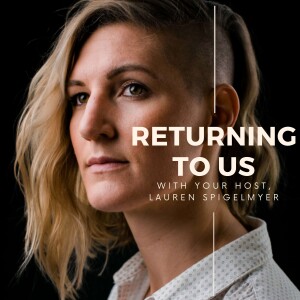
Lighting and Room Design: How it affects mood, focus, and concentration.
 2021-09-21
2021-09-21
This is the fifth and final episode in our series about Room Design. We are discussing various design elements and how they impact stress, productivity, attention, and behavior.
During this series, we’ve talked about how environmental factors can affect moods, emotions, and learning. Based on recent research, lighting supports student performance. Fluorescent bulbs are counterproductive to students’ learning and have proven to be a natural stressor. Blue light from fluorescent bulbs can trigger headaches, and the intense light waves cause hyperactivity and anxiety. The constant hum of these lights is also a micro-stressor to the brain. (We talk more about that in the blog posts linked below.) Any of these drain mental energy, which reduces learning and productivity.
So, how can we change lighting for humans to be more productive, happy, and focused?
Natural lighting is the answer!
Or as much natural light as possible. Our bodies are familiar with and respond to it. Natural light has so many health benefits but also affects mood, concentration, and the ability to control emotions.
Use natural lighting when you need to keep everyone’s attention, such as teaching a lesson. For independent work, use other types of lighting.
Use LED lighting if natural light is not available.
If windows are limited, supplement with warmer lights. LED is a great choice and is the best man-made solution to natural light.
For LED lighting, is yellow or white better?
Cool, white lights improve performance, attention, heightens alertness, and provides enhanced academic performance.
Warm, yellow light causes people to be more relaxed and provides better performance on independent work activities.
For more details on the effect of color, be sure to listen to our podcast discussing the use of color in the classroom.
Other related resources from The Behavior Hub:
Blog Posts:
- Lighting: How it affects us both mentally & physically.
- 5 Reasons Behaviors Occur
Our Online Courses:
- Classroom Design with the Brain in Mind
- From Wild Emotions to Tamed Feelings – How to Self-Regulate (5 Needs Areas)
- From Conflict to Calm: Communicating with Challenging Children
Lauren answers this week’s listener question during the episode:
How to help teachers understand a child’s behavior. What is the child trying to tell us?
Try-at-home tip: The Taco Squeeze
- Do you have a question? I can answer it in a future episode!
Email questions to podcast@thebehaviorhub.com or send via text to 717-693-7744. - Subscribe to our mailing list and find out more about the Emotional Brain.
- Check out our Facebook Group – Raising and Teaching Respectful Children
- The Behavior Hub website
- The Behavior Hub blog
Are you struggling with behaviors and not sure where to begin? Let me help!
Schedule a free discovery call and let me be your Guide.
More Episodes
 2022-08-01
2022-08-01
 2022-07-25
2022-07-25
 2022-07-18
2022-07-18
 2022-06-20
2022-06-20
 2022-06-13
2022-06-13
 2022-06-06
2022-06-06
 2022-05-23
2022-05-23
 2022-05-02
2022-05-02
 2022-04-25
2022-04-25
 2022-04-18
2022-04-18
Create your
podcast in
minutes
- Full-featured podcast site
- Unlimited storage and bandwidth
- Comprehensive podcast stats
- Distribute to Apple Podcasts, Spotify, and more
- Make money with your podcast
It is Free
- Privacy Policy
- Cookie Policy
- Terms of Use
- Consent Preferences
- Copyright © 2015-2024 Podbean.com




